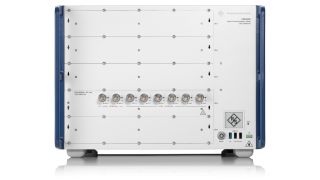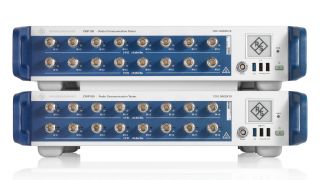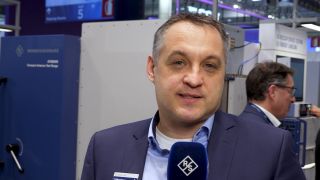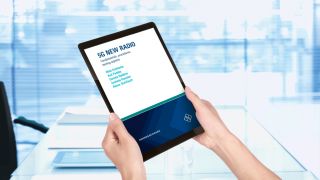3GPP and non-3GPP interworking
The growing prevalence of WLAN, particularly in indoor settings, has prompted standardization efforts by organizations like 3GPP to enhance the interworking between WLAN and cellular networks. This integration allows users of both technologies to access 4G (LTE) and 5G mobile core networks while benefiting from the security, privacy and quality of service (QoS) management features inherent to cellular networks.
A key objective in the design phase of 5G was creating an access-agnostic core network capable of supporting both 3GPP and non-3GPP access technologies. In legacy networks, beginning with LTE, initial interworking capabilities were introduced and have since been refined in subsequent releases. This has enabled simultaneous access through Wi-Fi and LTE or 5G New Radio.
5G interworking extends the interworking concept to include a wider range of non-3GPP access technologies. This evolution has led to the development of access traffic steering, switching and splitting (ATSSS), which encompasses traffic steering between WLAN and 5G, seamless connectivity switching and advanced traffic splitting across multiple access networks at a more granular level than a single protocol data unit (PDU) session. This includes multi-path transport concepts at various layers of the protocol stack, e.g., lower layer ATSSS-LL, at TCP layer (MPTCP) or UDP layer (MPQUIC).
Rohde & Schwarz offers unique solutions to test and verify 5G interworking features, facilitating the integration of converged Wi-Fi and cellular access to the mobile core network.













